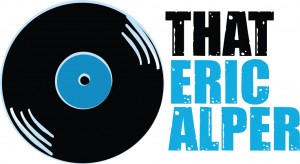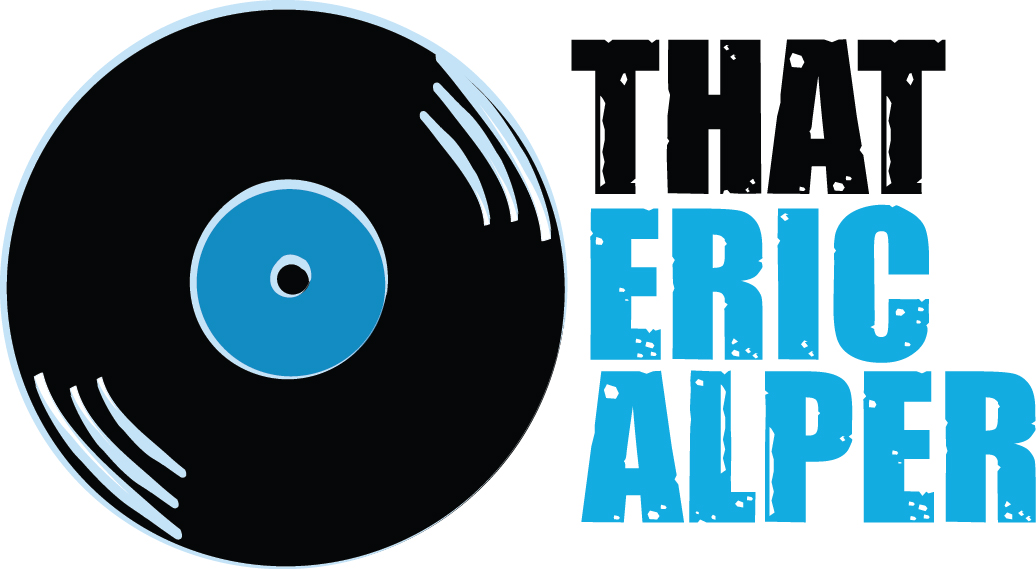According to Valuates, the Global Pro Audio Equipment Market revenue was USD 4496.8 Million in 2022 and is forecast to a readjusted size of USD 6231.1 Million by 2029 with a CAGR of 4.8% during the forecast period (2023-2029).
Major Factors Driving the Growth of Pro Audio Equipment Market:
The pro audio equipment market continues to expand as diverse sectors recognize the value of high-quality sound. Live performances, broadcasting, and content creation demand reliable gear that captures nuances and ensures audience engagement. Competitive differentiation often hinges on producing equipment with enhanced durability, superior fidelity, and user-friendly features. Manufacturers collaborate with influencers and industry experts to refine designs, resulting in a wider range of specialized solutions. As consumer expectations evolve, integration with smart devices and seamless connectivity options have become increasingly essential. Premium brands, mid-tier companies, and niche players all compete for market share, fostering a robust environment of innovation. These conditions confirm the growing significance of professional audio gear across various industries worldwide.
TRENDS INFLUENCING THE GROWTH OF THE PRO AUDIO EQUIPMENT MARKET:
Wireless microphones facilitate flexible stage movements, enabling performers to connect with audiences without being constrained by cables. This freedom expands creative possibilities in live events, concerts, and broadcasting, fueling a higher demand for advanced audio capture tools. In educational and conference settings, wireless setups ensure streamlined communication, minimizing clutter and allowing instructors to move around more effectively. Additionally, the convenience of hassle-free setup shortens transition time between speakers or acts, enhancing efficiency. Wireless technology continues to improve in reliability and battery life, making it an appealing choice for professionals seeking clear, uninterrupted transmissions. As user expectations grow for clear audio performance, wireless microphones are increasingly recognized as essential components within the evolving pro audio ecosystem. Thus boosting onstage confidence.
Mixers play a pivotal role in combining and processing audio signals from multiple sources, ensuring balanced, clear, and high-quality sound output. With the rising popularity of live performances, studio recording, and broadcast production, the demand for versatile mixers has intensified among musicians, audio engineers, and event organizers. The ability to adjust volume levels, equalize frequencies, and add effects fosters creativity and precision in delivering immersive audio experiences. As consumer expectations for professional-grade sound grow, advanced digital mixers with intuitive interfaces and scalability are becoming mainstream, supporting complex setups in both large venues and smaller studios. Enhanced connectivity features, including remote control options, further boost operational efficiency. Mixers remain essential to delivering polished, engaging outputs, sustaining market growth across varied sectors.
Consumer audio products encompass a range of devices, from headphones and home theater systems to portable speakers. Their widespread adoption influences the pro audio equipment market by raising general awareness about sound quality and fidelity. As individuals become more discerning listeners, interest in professional-grade audio solutions increases for recording, streaming, and content creation. This heightened awareness extends beyond casual listening, prompting users to seek more robust and precise products. The rise of podcasts, independent music production, and gaming also drives demand for equipment that can deliver crystal-clear output. Manufacturers respond by bridging the gap between consumer and pro-level features, offering improved interfaces and durability. Ultimately, consumer audio trends fuel innovation and expand the user base for specialized equipment. Accelerating demand.
Concerts, festivals, and corporate gatherings are becoming increasingly frequent, creating a sustained demand for professional audio equipment. Organizers seek reliable tools that deliver high-fidelity sound to enhance audience engagement and meet performer expectations. This surge in live events necessitates robust systems capable of handling complex environments, varying venue sizes, and diverse musical or speech-based content. Furthermore, organizers look for technology that can minimize setup time and reduce technical difficulties. As audiences grow more discerning, the need for precise audio coverage and intelligibility intensifies, prompting investments in advanced microphones, speakers, and sound consoles. Market players that develop durable, user-centric products gain a competitive edge. This trend in large-scale events consistently boosts the requirement for cutting-edge pro audio solutions.
The popularity of podcasts, vlogs, and independent music production has introduced a new wave of audio enthusiasts, all seeking professional-grade gear. Many creators operate from home studios or small production spaces, requiring compact but powerful equipment. The focus on high audio fidelity drives demand for mixers, audio interfaces, and microphones tailored to these environments. User-friendly features, such as automated mixing presets and easy connectivity, attract beginners and seasoned professionals alike. As social media and streaming platforms grow, creators strive to produce content that stands out, fueling steady investment in reliable pro audio solutions. This shift expands the market beyond traditional broadcasting and live events, making professional equipment more accessible and relevant to a broader demographic of users.
A growing number of end-users, from hobbyists to experienced professionals, desire audio equipment that offers both simplicity and sophisticated functionality. Intuitive controls, touchscreens, and straightforward setup processes reduce learning curves, encouraging broader adoption across diverse markets. Compact digital consoles and software-based solutions cater to evolving consumer needs, allowing easy customization of sound profiles and presets. This accessibility benefits event organizers, small venue owners, and independent content creators who prioritize efficiency. Manufacturers compete by integrating advanced capabilities into devices that remain approachable for non-experts. Simplified connectivity through USB or wireless protocols further lowers barriers seamlessly. By prioritizing usability, pro audio brands empower a wider audience to leverage professional-grade sound without extensive technical training, pushing the market toward steady expansion.
Competitive gaming events and online streaming platforms have fueled a surge in demand for high-quality audio solutions that enhance player experiences and audience engagement. Clear communication is critical for teams coordinating strategies in real time, driving the requirement for premium headsets and microphones that minimize latency and noise. Spectators also seek immersive sound, prompting event organizers to integrate professional-grade speakers and mixing consoles that deliver impactful audio. As e-sports audiences grow, sponsors and advertisers invest in improving production values, including the quality of broadcasts. This steady influx of funding supports ongoing innovation in pro audio technology tailored to gaming needs. Consequently, e-sports and gaming trends create new market opportunities for brands offering cutting-edge, reliable audio equipment.
PRO AUDIO EQUIPMENT MARKET SHARE
Global key players of pro audio equipment include Shure, Sennheiser, TOA, etc. The top three players hold a share of about 21%. North America is the largest market, with a share of about 34%, followed by China and Europe, with share 25% and 19%, separately.


